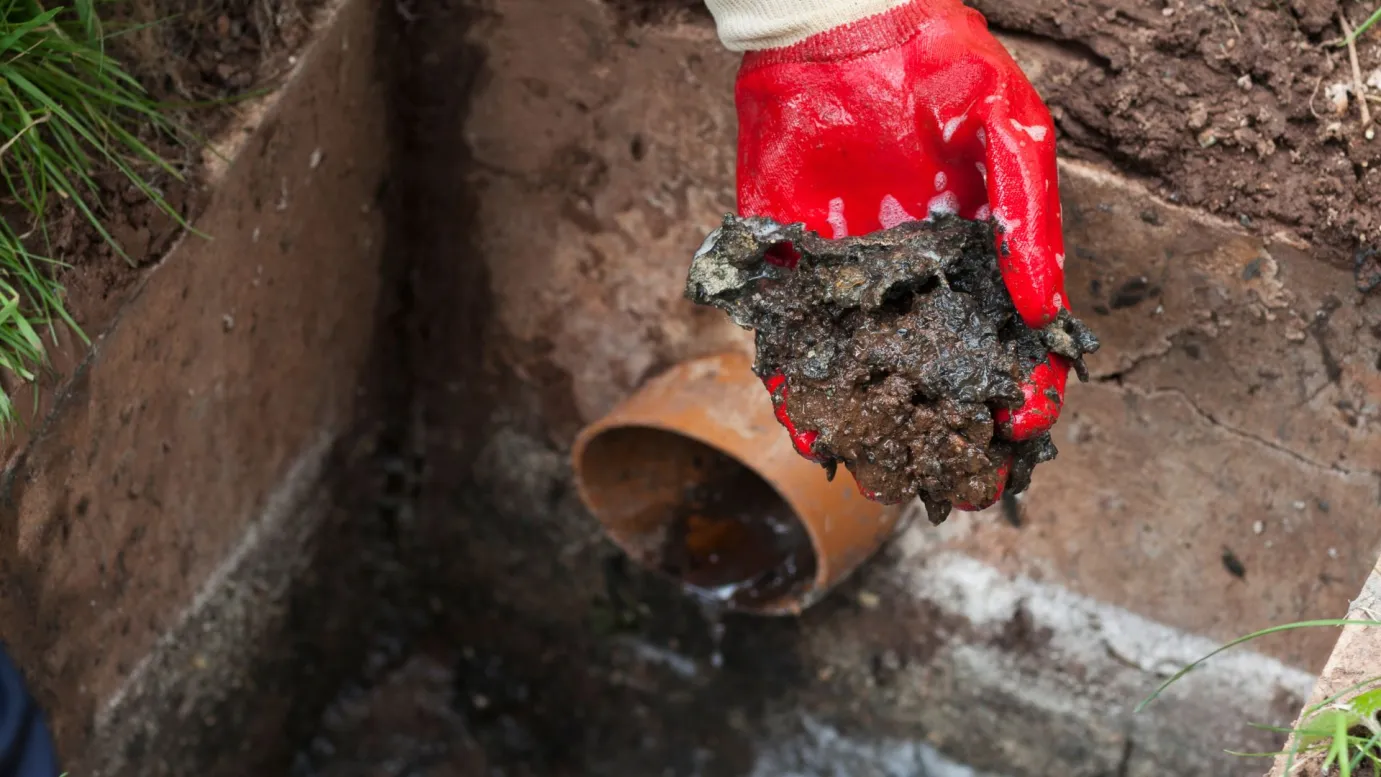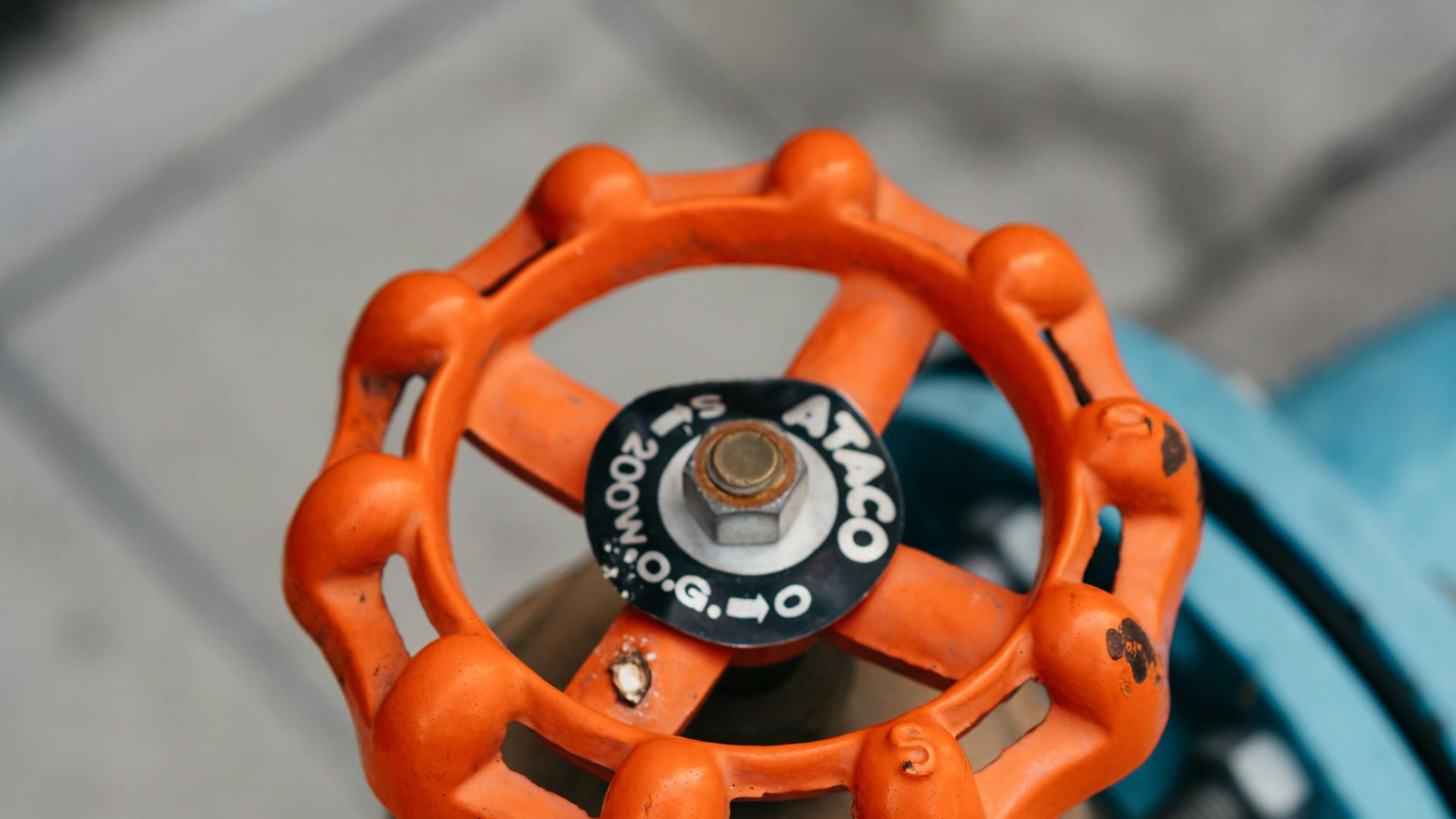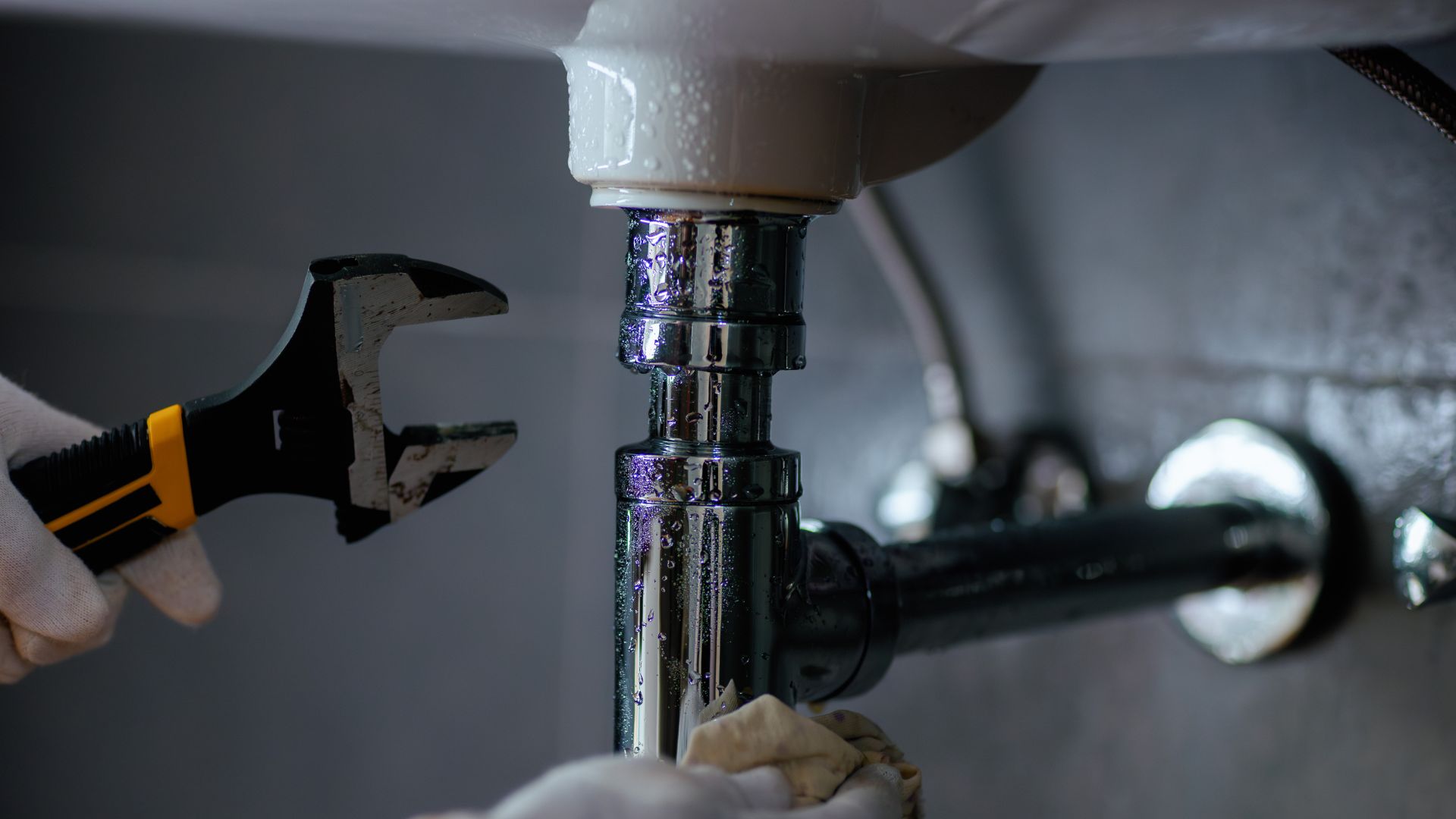After a heavy downpour, you might notice puddles forming where they shouldn’t, or worse, water creeping toward your home. Stormwater issues are more than just an inconvenience; they’re a warning sign that your drainage system could be in trouble. For decades, fixing these problems meant digging up your lawn, pathways, or driveway. But now, there’s a smarter solution.
Pipe relining is a modern alternative to traditional pipe repair. Using trenchless pipe relining, specialists can repair stormwater pipes, sewer pipes, and other underground drains without the mess or cost of excavation.
What Is Pipe Relining and How Does It Work?
Pipe relining is a no-dig solution for fixing damaged, broken, or leaking pipes without tearing up your yard. In simple terms, it involves creating a new pipe inside the old one, giving your drains a second life without the mess.
This trenchless pipe repair method is ideal for drain pipe repair, especially when dealing with hard-to-reach areas or complex plumbing layouts. Instead of replacing pipes the old-fashioned way, drain relining uses advanced materials and tools to restore flow and strength to your plumbing.
Here’s how the pipe relining process works:
CCTV Inspection: A small drain camera is used to inspect the interior of the pipe and locate the issue.
- Pipe Cleaning: High-pressure water jetting clears out debris, tree roots, and any blockages.
- Liner Insertion: A resin-saturated liner is inserted into the damaged pipe.
- Inflation and Curing: The liner is inflated and cured in place using air or hot water.
- Final Result: The resin hardens into a tough, seamless pipe, reinforcing the structure and preventing future issues.
This process strengthens the pipe from the inside, solving problems like blocked drains and cracked pipes with ease.
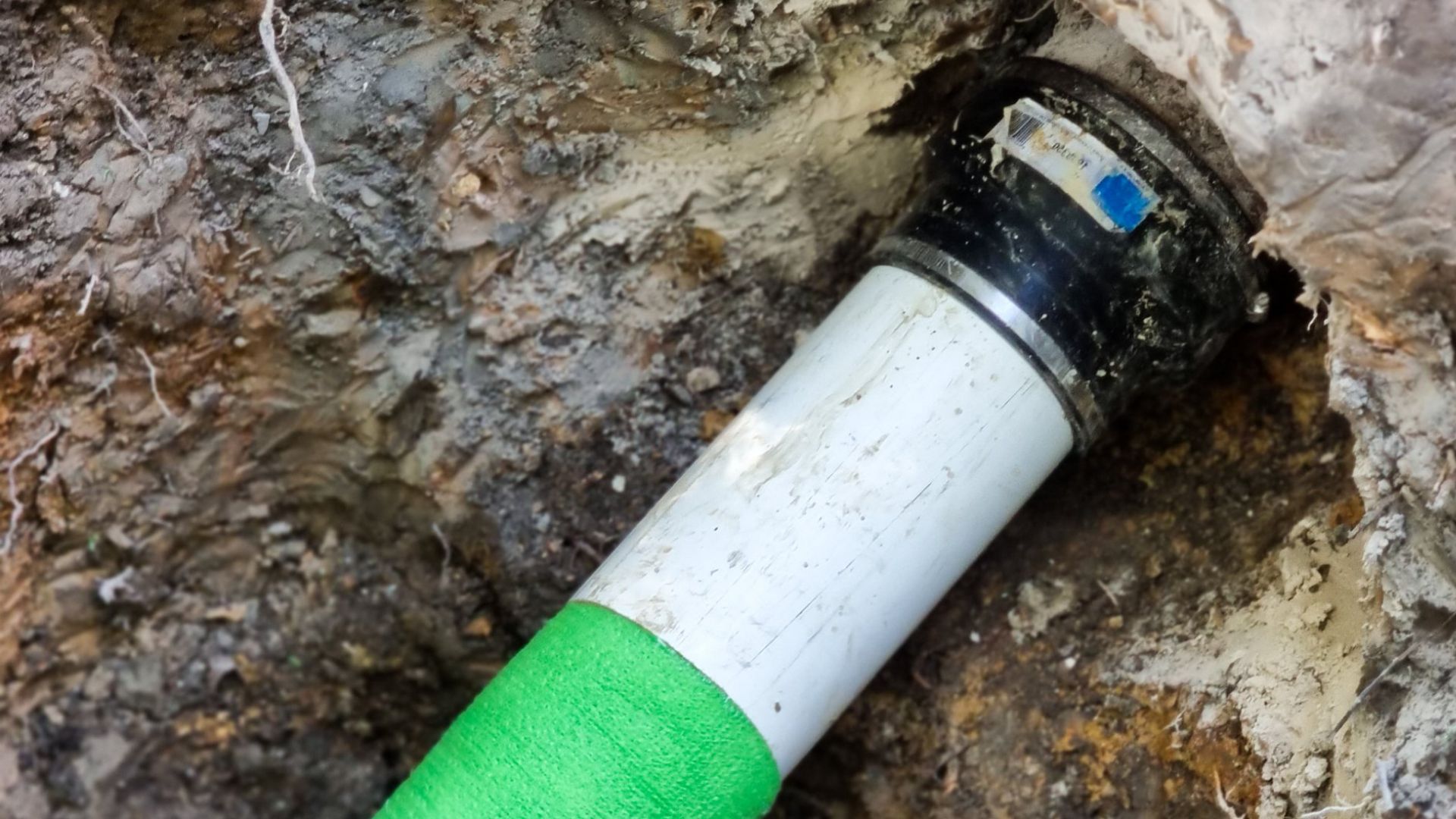
Why Damaged Stormwater Pipes Are a Big Deal
Stormwater pipes are designed to safely direct rainwater away from your home, protecting your foundations, garden, and surrounding land. When these pipes become damaged or blocked, the water has nowhere to go, and problems start stacking up.
Common causes of pipe damage include:
Tree root intrusion, which forces its way into joints and cracks
- Soil movement from changing weather conditions or nearby construction
- Ageing infrastructure, especially older clay or concrete pipes
- Blockages from debris, leaves, or silt build-up over time
If left unchecked, damaged stormwater pipes can wreak havoc on your plumbing system. You might face:
- Localised flooding during storms or even mild rainfall
- Structural damage to driveways, retaining walls, or your home’s footings
- Sinkholes and erosion, especially in clay-heavy or unstable soils
In many cases, pipe patching or modern pipe relining solutions can fix the issue without resorting to traditional pipe repair methods, making pipe relining worth considering before the damage spreads.
Can Pipe Relining Be Used for Stormwater Drains? Yes, and Here’s Why
Pipe relining is suitable for stormwater pipes and is often the preferred choice. Instead of ripping up your garden or driveway to fix an existing damaged pipe, relining works from the inside, offering a smarter, cleaner fix.
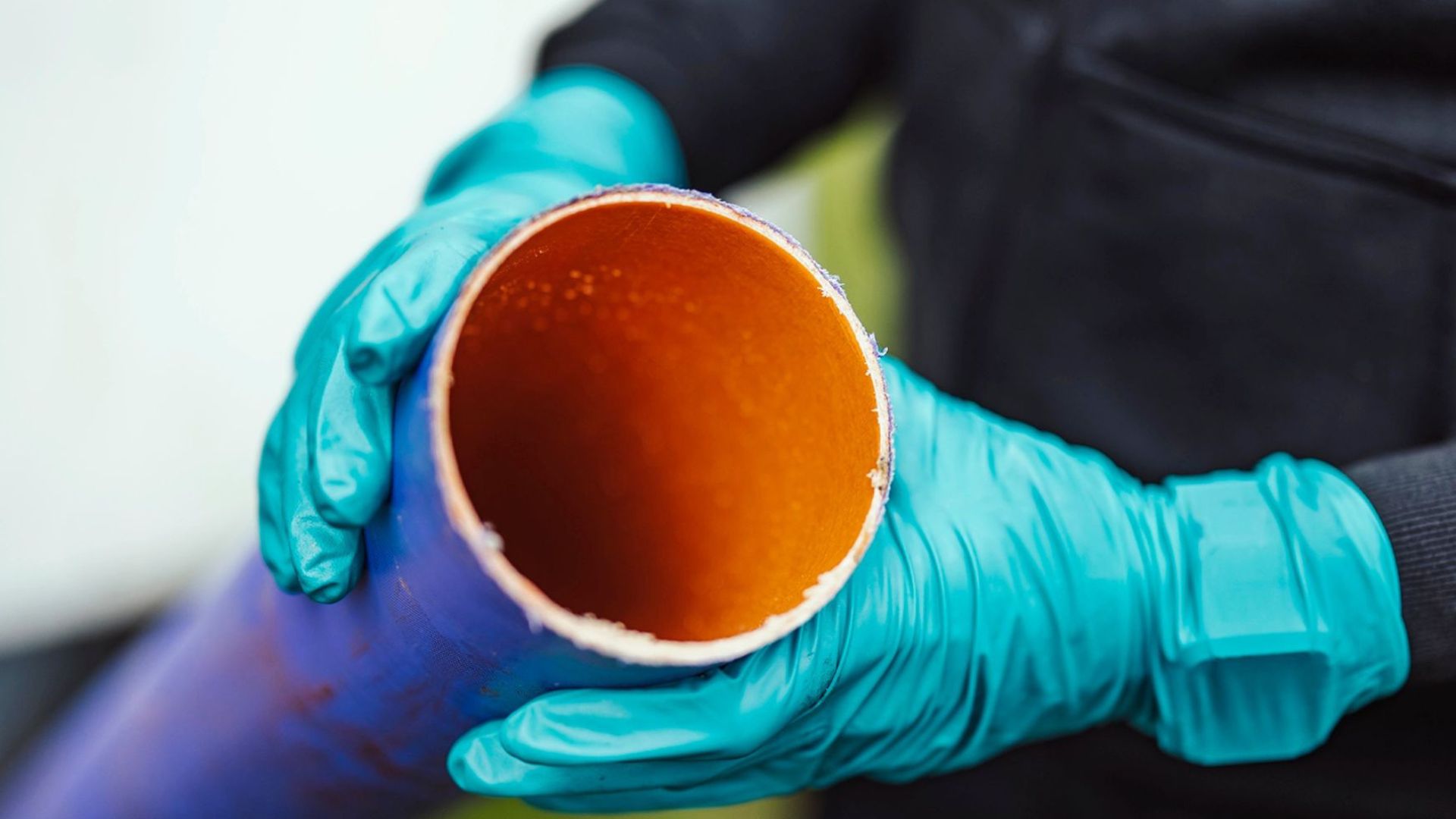
When compared to traditional pipe replacement, relining comes out on top in several areas:
- Cost: Lower labour and restoration expenses
- Time: Most jobs are completed within a day
- Disruption: No need to dig through concrete, grass, or flowerbeds
Relining is most effective when:
- The damage is localised, such as a crack or small break
- The affected drain pipe is under a patio, pool, or landscaped area
- The pipe is deep underground or in a difficult-to-access location
Modern pipe lining methods are compatible with most materials — from clay to PVC — and suit various diameters, including those used for stormwater and even sewer line applications.
If your pipe relining project involves an older stormwater system, this approach could save you time, money, and hassle.
Signs You Might Need Stormwater Pipe Relining
1. Surface Clues Around Your Property
One of the most common indicators of a blocked stormwater drain is pooling water. If you notice puddles forming in your yard, driveway or near garden beds — even after light rainfall — there’s a good chance your underground pipes aren’t draining correctly.
2. Strange Noises and Overflowing Grates
Gurgling sounds during heavy rain, or water bubbling up through surface grates and downpipes, often signal partial blockages or cracked pipes letting debris in. This could be due to collapsed sections, poor joins, or even root intrusion.
3. Dampness and Odours
Damp patches, mould growth, or a musty smell after rain could mean water is escaping from damaged stormwater pipes and seeping into unwanted areas. These symptoms are often overlooked but can lead to structural problems if ignored.
4. History of Pipe Problems
Have you had recurring blockages or attempted patch jobs in the past that didn’t hold up? It may be time to consider relining. For older PVC pipes or compromised systems, a seamless liner can permanently repair pipes, protect against tree root penetration, and resolve ongoing plumbing issues for good.
How Stormwater Pipe Relining Is Done
The pipe relining process is clean, fast, and surprisingly straightforward. Here’s what happens during a typical job, usually completed in just one day.
1. Site Inspection and Assessment
It begins with an on-site evaluation to understand the extent of damage. This helps determine if trenchless stormwater repair is the right choice.
2. CCTV Drain Inspection
A small camera is fed through the pipe to locate cracks, blockages, or breaks. This step ensures precise planning and reduces guesswork.
3. Pipe Cleaning
The host pipe is cleared using high-pressure water jetting. This removes debris, roots, and buildup so the relining material bonds properly.
4. Liner Installation and Curing
A resin-soaked liner is inserted, inflated, and cured, forming a tough inner layer that restores flow capacity and repairs broken areas.
5. Final Testing and Inspection
Another camera inspection confirms everything is sealed and flowing correctly. The result? A cost-effective solution with minimal disruption, no digging, and a brand-new pipe inside your old one.
Benefits of Stormwater Pipe Relining Over Traditional Methods
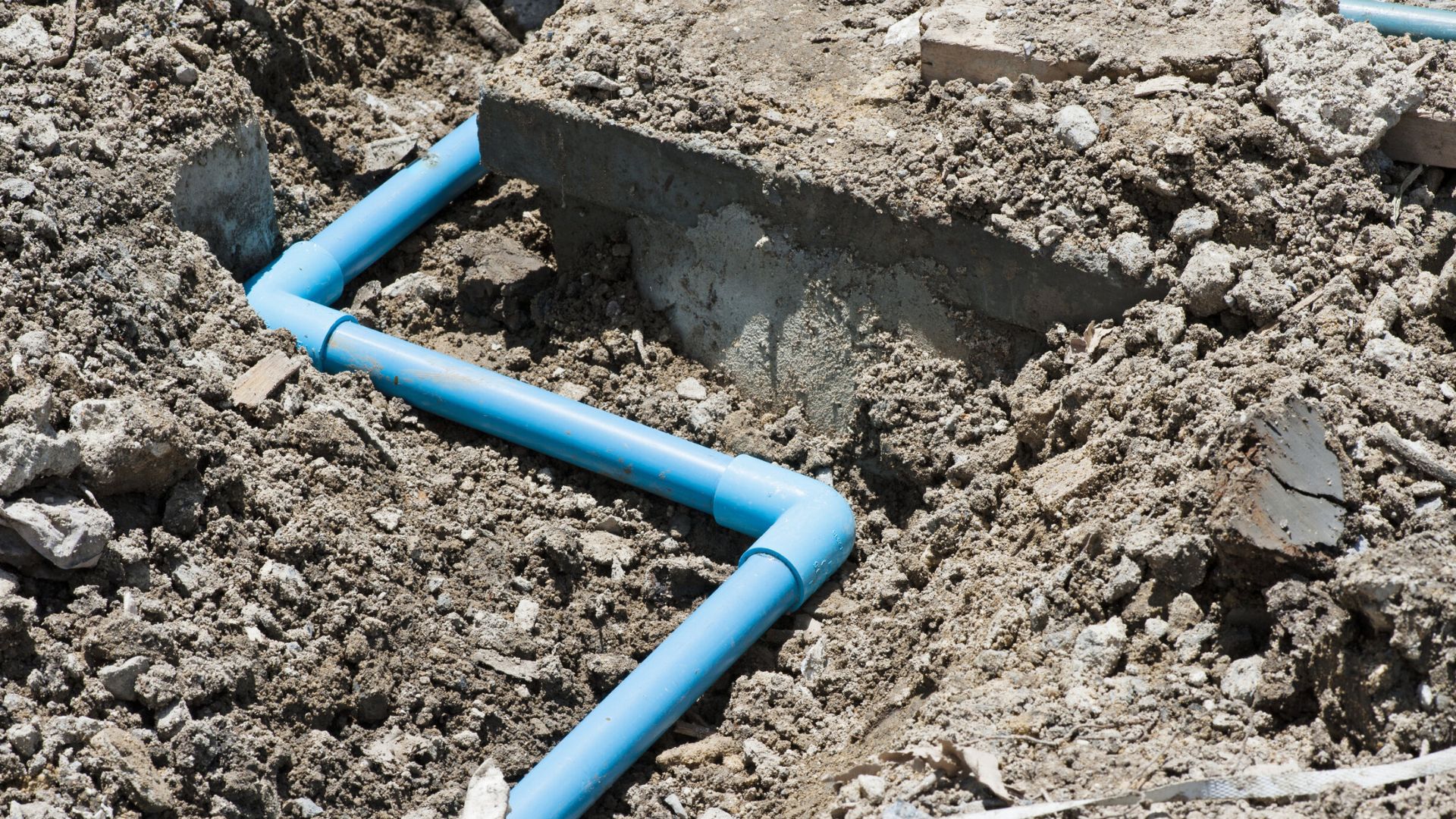
Choosing stormwater pipe relining over conventional repairs is convenient. It often delivers better results faster. Here’s why more homeowners and businesses are opting for trenchless pipe repair.
1. No Digging Required
This method eliminates the need for excavation, making it ideal for properties with paving, driveways, or manicured gardens. Your yard stays intact, and there’s no heavy machinery needed.
2. Quicker Completion Time
Most relining jobs are completed within a day. That means less downtime and disruption to your home or business.
3. Durable, Long-Lasting Solution
The new liner forms a strong, seamless, watertight seal inside the old pipe. It resists root intrusion, handles multiple bends, and extends the life of your stormwater system.
4. Cost-Effective and Eco-Friendly
Lower repair costs come from reduced labour and reinstatement work. Plus, reusing the original pipe reduces waste.
5. Safer for Other Underground Services
Because no digging is involved, there’s less risk of damaging nearby cables, pipes, or infrastructure during the process.
When Is Pipe Relining Not the Right Fit?
While pipe relining is effective in many situations, it’s not a one-size-fits-all solution. Certain pipe issues may require more extensive repairs or full replacement.
Relining may not be suitable when:
- Pipes are completely collapsed or severely crushed
- Large sections of pipe are missing or eroded
- The pipe’s alignment has shifted significantly, making relining impractical
- Surrounding ground conditions are unstable, risking further movement or failure
In these cases, relining won’t provide the best solution, and a traditional method may be necessary. That’s why a professional inspection is crucial. An experienced plumber can assess the damage, explain your options, and help you decide if relining is still possible or if another approach is safer and more cost-effective.
Keeping Stormwater Drains Healthy: Maintenance Matters
A well-maintained stormwater system is your first line of defence against water damage. Regular stormwater maintenance extends the life of your pipes and helps prevent costly emergencies during storm season.
Key maintenance practices include:
- Routine inspections, ideally before and after heavy rainfall, to catch potential issues early
- Drain cleaning techniques like:
- Jet blasting to break up sludge and built-up sediment
- Debris removal to clear leaves, sticks, and dirt from entry points
Preventative strategies:
- Installing gutter guards to keep leaves out of your drains
- Ongoing garden maintenance to reduce organic matter washing into the system
- Scheduling CCTV inspections every few years to check for developing problems inside the pipes
These simple habits can go a long way in preventing blocked drains and keeping everything flowing freely, even when the weather turns wild.
Choosing the Right Pipe Relining Company
Not all plumbing businesses are created equal, especially when it comes to stormwater pipe relining. You’ll want to work with an experienced, transparent, and adequately equipped pipe relining company for the best results.
Qualities to look for:
- Proven experience with stormwater relining
- Fully licensed and insured technicians
- Clear, upfront pricing with warranties
- Use of advanced technology like CCTV inspections and trenchless tools
Questions to ask:
- >What materials do you use for relining?
- How long is the warranty on the relined section?
- Do you offer a no-dig solution for stormwater pipes?
Choosing the right team means fewer surprises, better outcomes, and long-lasting results. A reliable pipe repair service will not only fix the problem but also help prevent it from returning, giving you peace of mind that the job’s been done correctly.
Say Goodbye to Stormwater Woes Without Digging Up Your Garden
Pipe relining is a game changer for modern stormwater systems—there are no trenches, no damage to landscaping, and no drawn-out disruptions.
If you’re constantly dealing with blockages or slow drainage, or suspect something deeper is going on underground, it’s time to act before the next downpour hits.
At Fixed Today, we specialise in stormwater pipe relining services using advanced technology, proven methods, and a team of highly skilled professionals. From the first inspection to the final result, we deliver efficient, long-lasting solutions with honest pricing and zero guesswork.
For professional pipe relining in Sydney, trust the team that knows how to do it right the first time. Contact Fixed Today, and let us help restore your drains without digging up your garden.

